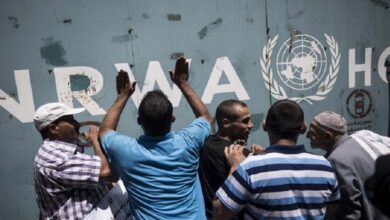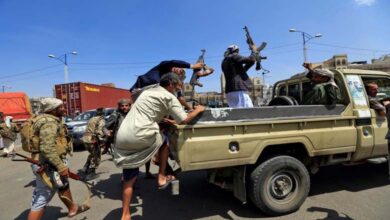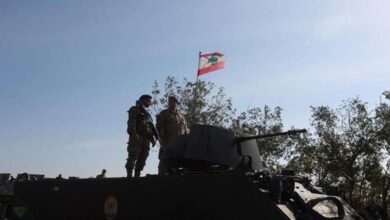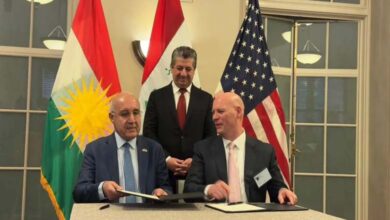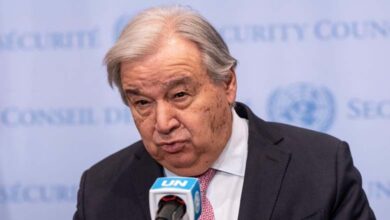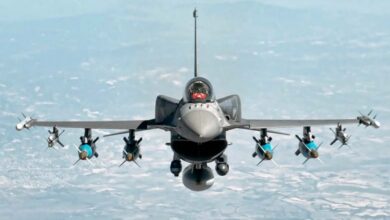ISIS in Somalia strengthens its influence and becomes a global logistical hub for the organization… How?
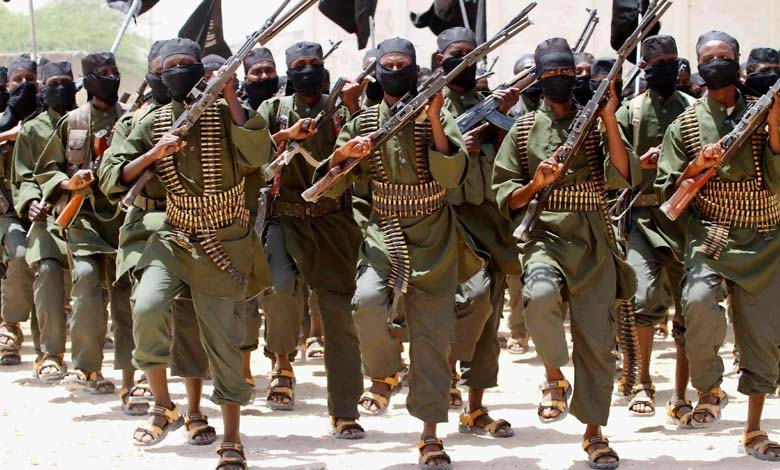
The first few weeks of U.S. President Donald Trump’s second term saw multiple strikes against the ISIS branch in Somalia, while the Trump administration signaled its desire to withdraw from conflict zones and other global hot spots.
-
What Are the Risks of Increasing Cooperation between the Houthis and Somalia’s al-Shabaab? Observers Respond
-
Why is the Somali group “Al-Shabaab” one of the most important arms of transnational terrorist networks?
The organization has about 1,000 fighters and has recently succeeded in expanding its influence by attracting foreign fighters to bolster its ranks from Algeria, Ethiopia, Libya, Morocco, the Palestinian territories, Saudi Arabia, Syria, Tanzania, Tunisia, and other locations. The foreign element represents a significant proportion among the group’s suicide bombers.
The Arab Center for Terrorism Studies reported that ISIS in Somalia, which had long been overshadowed by the threat posed by the Al-Shabaab group affiliated with Al-Qaeda, exploited the weakness of governance structures and the rugged, mountainous terrain of the Bari region to emerge as an operational, logistical, and financial hub for the organization on a wider scale.
-
New strategy by Al-Shabaab terrorist group in Somalia
-
Washington monitors Houthi discussions to supply weapons to Al-Shabaab
While it remains unclear whether its leader, Abd al-Qadir Mumin, also holds the position of caliph of the Islamic State (a subject of debate among jihadism experts and counterterrorism analysts), the branch he leads, including the al-Karar office, has enhanced its reputation as a deadly force in Somalia and a vital element in the global financial and operational network of the Islamic State.
Among the most concerning developments, and perhaps the driving force behind the early efforts of the Trump administration to strike the group fiercely, is the fact that ISIS in Somalia is now focusing more on planning and executing external operations rather than regional expansion.
-
Sanctions Target Money Laundering Network for Al-Shabaab – Details
-
Losses and Crises: Somali Al-Shabaab Movement Suffers Defeats Due to Its Terrorist Crimes
The ISIS branch in Somalia now effectively functions as the primary logistical node in the organization’s global network, facilitating the management of the Directorate of Provinces, which serves as a key hub for facilitating the movement of funds, foreign fighters, experienced trainers, and military advisors. High-ranking members of the Somali branch have also played a central role in restructuring the group’s leadership, tactics, and strategies.
While many countries, including the United States, have shifted focus away from counterterrorism efforts and redirected resources toward great power competition, ISIS in Somalia seeks to exploit weaknesses and gaps wherever they exist.
-
Continued Terrorism Confrontation by Somalia Against Al-Shabaab
-
Somali President reveals the date for eliminating the terrorist group “Al-Shabaab”
The al-Karar office in Somalia has also acted as a crucial financial center for ISIS on a global scale. It oversees the financial, mobility, and logistical operations for the organization’s branches in East, Central, and Southern Africa.
The revenues that ISIS has gained in Somalia through extensive extortion practices against local businesses and ports have been sent to other branches of the group in Africa – as well as to the Khorasan province – through complex transaction mechanisms, from cryptocurrency to the hawala system.
-
Al-Shabaab Nearing the End, Somali Army Defeats Terrorism
-
Somalia Takes Over Al-Shabaab’s Coffers; Economic War Loses Balance
It is alleged that Bilal al-Sudani, a senior financial figure within the organization who was killed in a U.S. special forces raid in January 2023, had transferred funds to the Khorasan province to bolster its operational and organizational capabilities. ISIS in Somalia also sent funds to jihadists in Turkey, South Africa, and elsewhere.
The Soufan Group noted that the influx of foreign fighters into ISIS‘s Somalia branch is a concerning development. It has effectively transformed from a relatively weak regional branch into one of the most significant branches of the organization globally through international recruitment.
-
Somalia and Al-Shabaab: Categorical denial of peace talks
-
100 al-Shabaab fighters killed in southern Somalia
An analysis of some of these foreign fighters’ profiles reveals a focus on individuals with skills useful to the branch, such as car repair, farming, or other technical skills.
According to a report by the United Nations Security Council in 2024, ISIS’s successes in Somalia are largely attributed to the specific skills and capabilities brought by foreign fighters. Highly successful attacks carried out by foreign fighters in ISIS-Somalia – such as the December 31, 2024 attack on a military base in Puntland – may increase the branch’s appeal to foreign audiences, which could be a key factor in facilitating future external operations the organization may plan. The group’s official propaganda materials have even publicly boasted about the number of nationalities involved in attacks carried out by its Somali branch, and the number of ISIS-affiliated media outlets publishing footage of the Somali branch’s attacks and operations has increased significantly.
-
Washington allocated 10 million dollars for information about him.. Who is Abu Ubeida, the leader of Al-Shabaab Movement?
-
US Award: The head of the “Al-Shabaab” leaders is worth 10 million dollars


